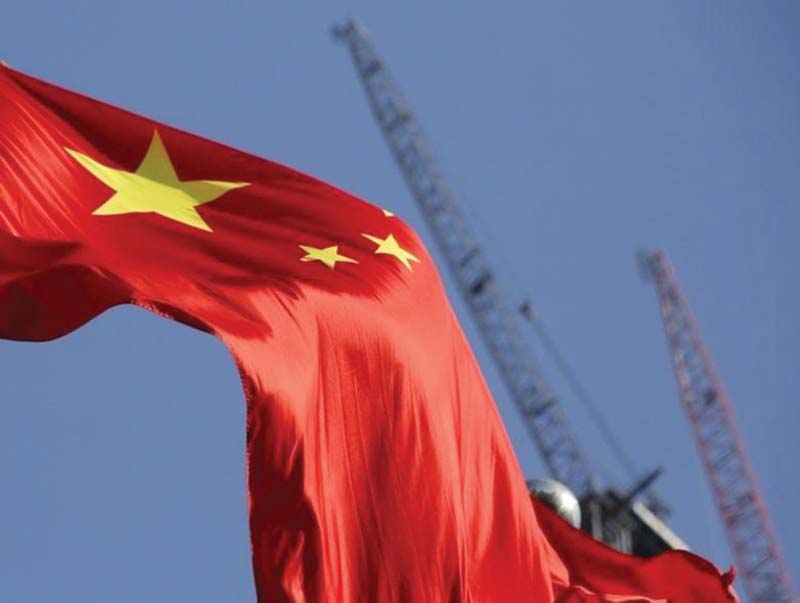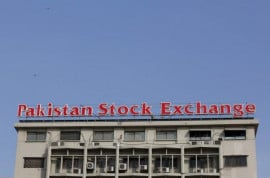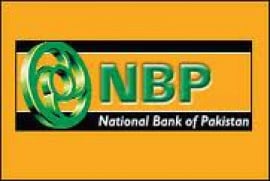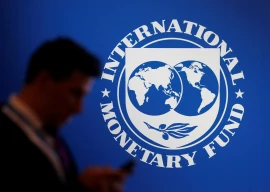
Sheer pragmatism is reflected in this quote of the paramount Chinese leader. Without shedding its connection with the Marxist-Leninist ideology, the Communist Party of China has incrementally allowed the market to encroach the command economy.
Starting from 1979, it remained a long and arduous journey for China, but there was no looking back. Post-opening up, the Chinese economy did exceptionally well. Its performance on the wealth creation and poverty reduction fronts is unprecedented.
In a span of 32 years, its per capita GDP increased 30-fold from $205 in 1980 to $6,075 in 2012. The poverty level came down from 84% of the population in 1980 to a mere 7% in 2012. It pulled 680 million of its citizens out of poverty. Obviously, it is not just a change of economic policies on paper. It was indeed a transformation of the mindset and extreme hard work put in by the government officials and general public.
It was the liberalisation of the Chinese economy. Nothing signifies it more than the rise in contribution of the Chinese private sector to GDP. From almost none in the 1970s, it crossed the 60% mark in 2012. It is the largest trading nation as well as the major destination and source of foreign direct investment.
It will be a fallacy if China is called the epitome of liberal economy. The state still has a major interventionist role. It does use protectionism and nationalism selectively to ward off competition, but it remains equally cognisant of the probability of retaliatory measures from competing economies.
Indeed a fine balancing game, whose momentum remains forward on the path of liberal economy.
Chinese political leadership has often shown its commitment to enhanced participation in global economy. Its entrenchment in globalisation gives way to trade conflicts and questioning of its business practices by the competing nations. This prodding is part of the ever-going political competition in the world.
Likewise, the world has witnessed more trade and investment flows across the globe despite infrequent setbacks due to economic crisis and dips. Political support for economic liberalisation has its own ebbs and flows.
Public resentment
As said before, protectionism and nationalism have their own charms for the groups lagging behind in economic competition or feel overwhelmed with influx of foreigners. It is important that proponents of liberal economy should not take their concerns lightly.
Rightwing political groups are gaining traction in this public resentment against the liberal economy. US presidential candidate Donald Trump appears to be a classic example.
A self-made billionaire has successfully trampled the Republican establishment to gain the presidential nomination. His eccentric stand against immigrants and foreign businesses has touched the chord of the hearts of working class as well as upper middle class in the US.
He may lose the elections, but the issues raised by him are not going away. A significant number of American population is becoming more conservative and hostile to economic openness.
Liberals-turned-protectionists
It is an interesting anomaly that politically conservative parties around the world were the flag bearers of economic liberalisation in the 1970s, 80s and 90s.
However, with the turn of the century, as emerging economies have started gaining higher market shares, the same parties are now raising the protectionist mast for saving jobs and businesses at home. Obviously, left populism is not lagging behind in strive against liberal economy.
Despite all the rhetoric, it is not that easy for all these political strains to turn the tide of economic liberalisation. Globalisation has become much firmly rooted across the world.
There is a higher probability of anger against economic inequality and deprivation channeling itself against ethnic and religious minorities in their respective countries. Political leadership needs to show more empathy and offer practical solutions to this hostile populace, otherwise situation can easily become explosive.
Political left vanishes
In Pakistan, not much is left of the political left to put up a spirited resistance against liberal economy. However, economic rent-seeking of the ruling elite and rightwing populism has emerged as major impediments to expanding the benefits of liberal economy.
We have witnessed a regulatory capture by big businesses in the name of economic liberalisation. Government deeds on the privatisation and regulation fronts invoke little trust from the general public. State monopolies are giving way to private collusion to fleece the consumers. State role as the custodian of level playing field in the economy is lacking.
The situation is not totally hopeless. Pakistan has created regulatory structures in various economic sectors, though they remain weak in enforcement. A revolutionary change has most often proved itself a bigger disaster.
Pakistan needs incremental multifaceted changes in different economic spheres. Economic liberalisation comes with its pros and cons. And life is not perfect. It is the creativity of the political class to extract the optimal for its populace.
The writer is a director in the Policy Research Institute of Market Economy
Published in The Express Tribune, October 29th, 2016.
Like Business on Facebook, follow @TribuneBiz on Twitter to stay informed and join in the conversation.












1725083820-0/Untitled-design-(24)1725083820-0-270x192.webp)










COMMENTS
Comments are moderated and generally will be posted if they are on-topic and not abusive.
For more information, please see our Comments FAQ